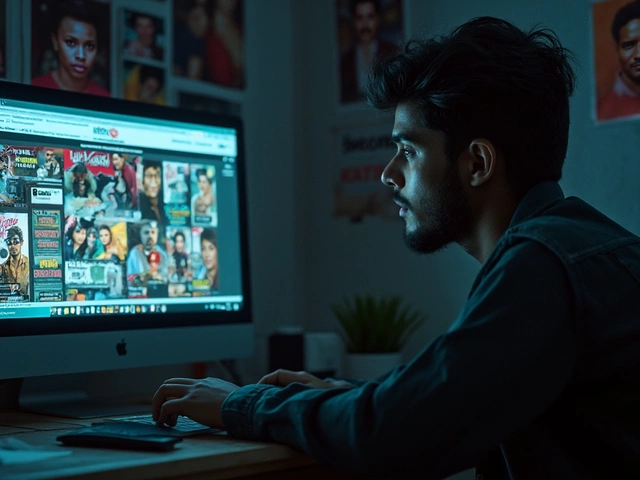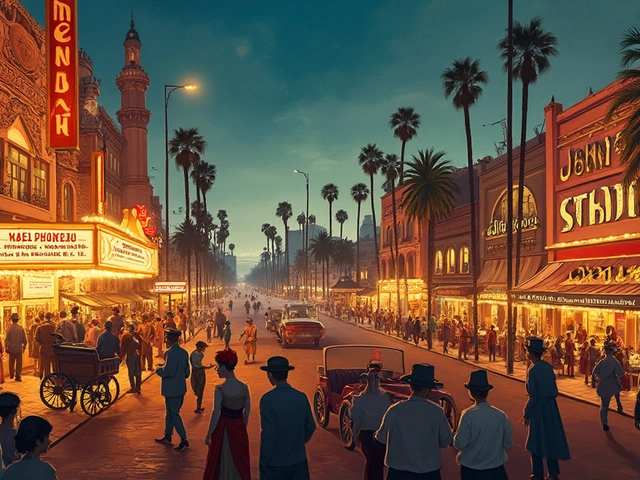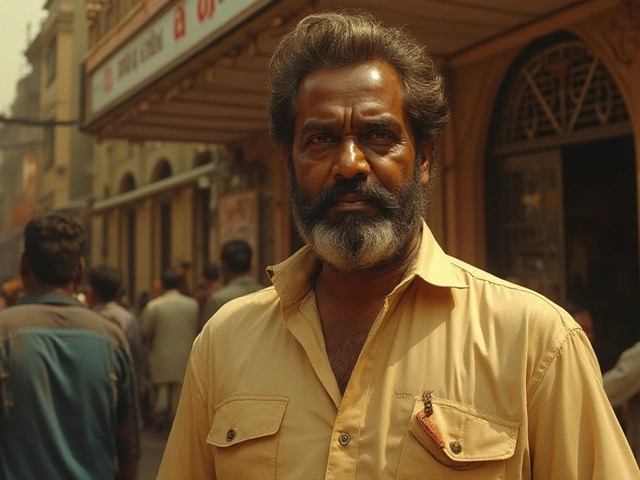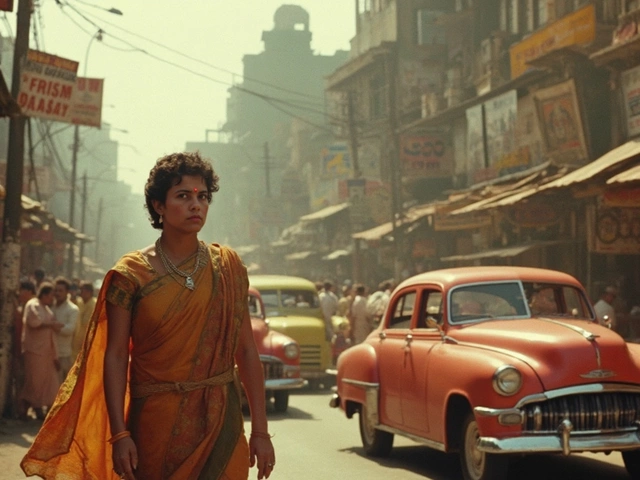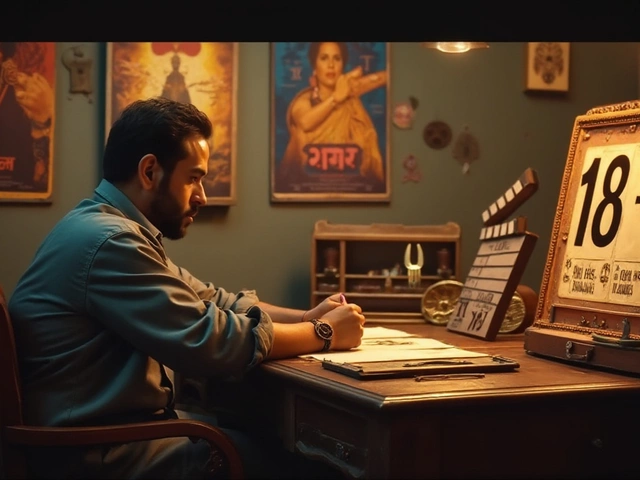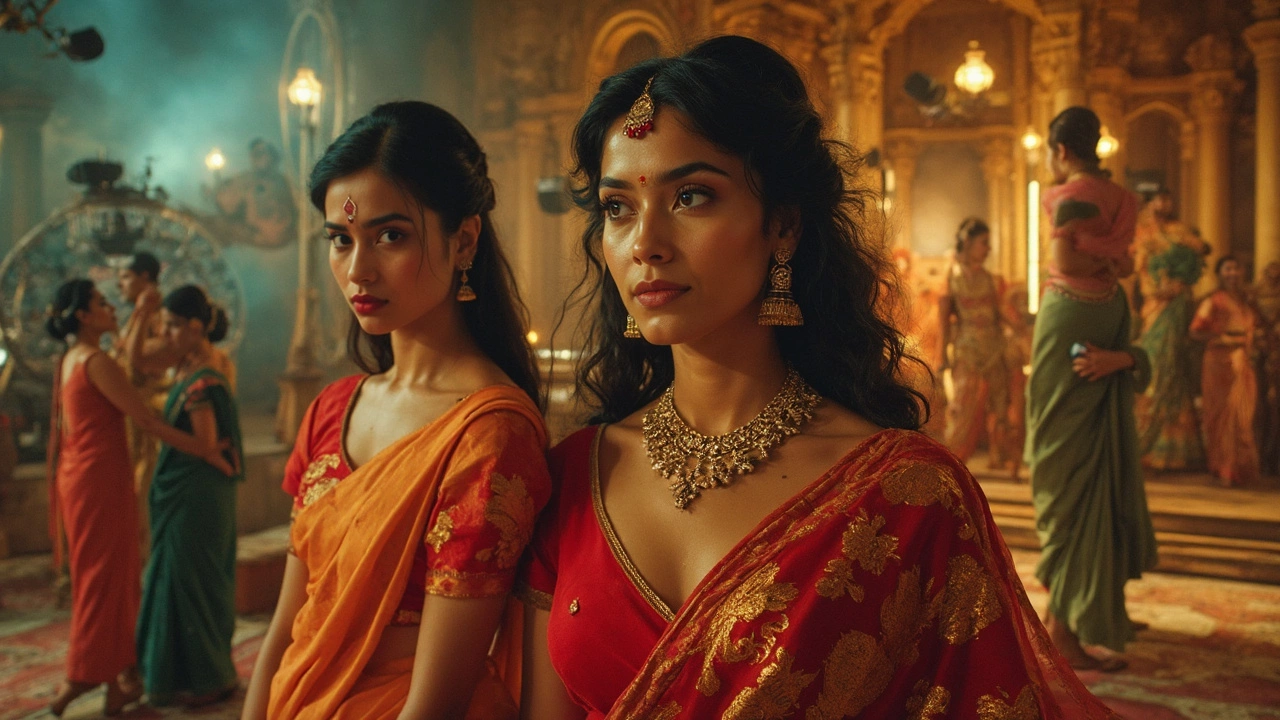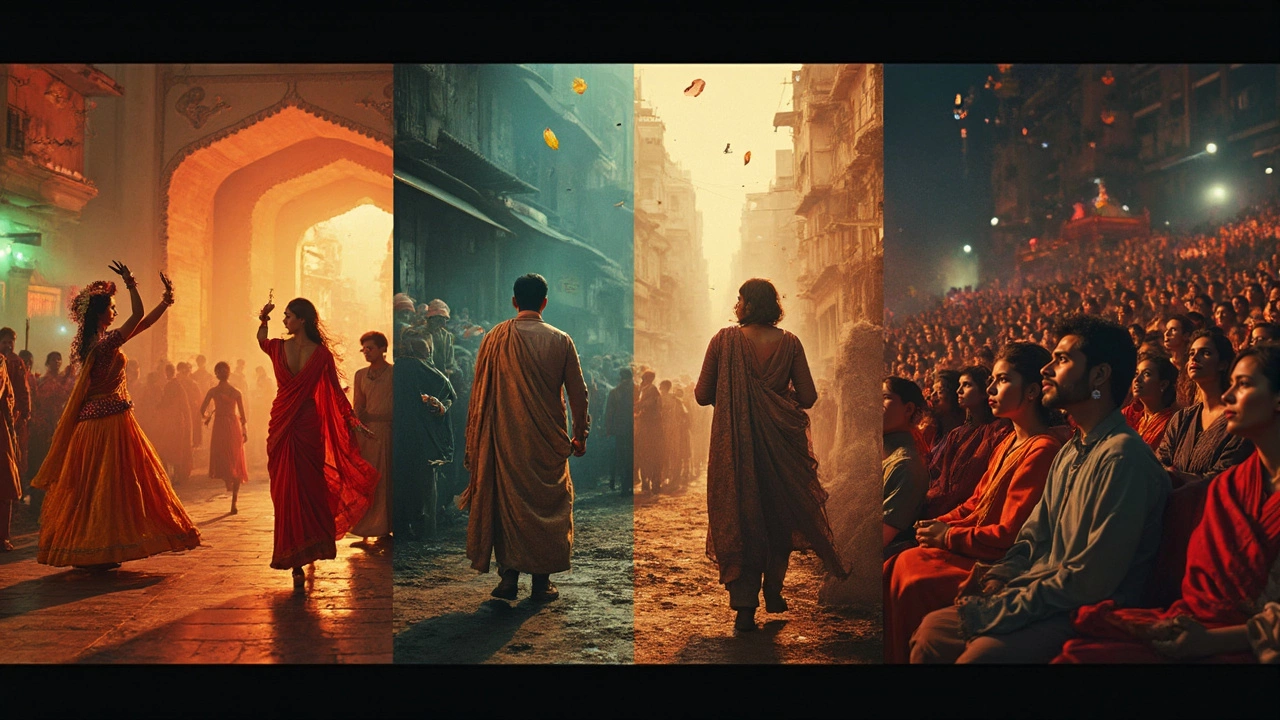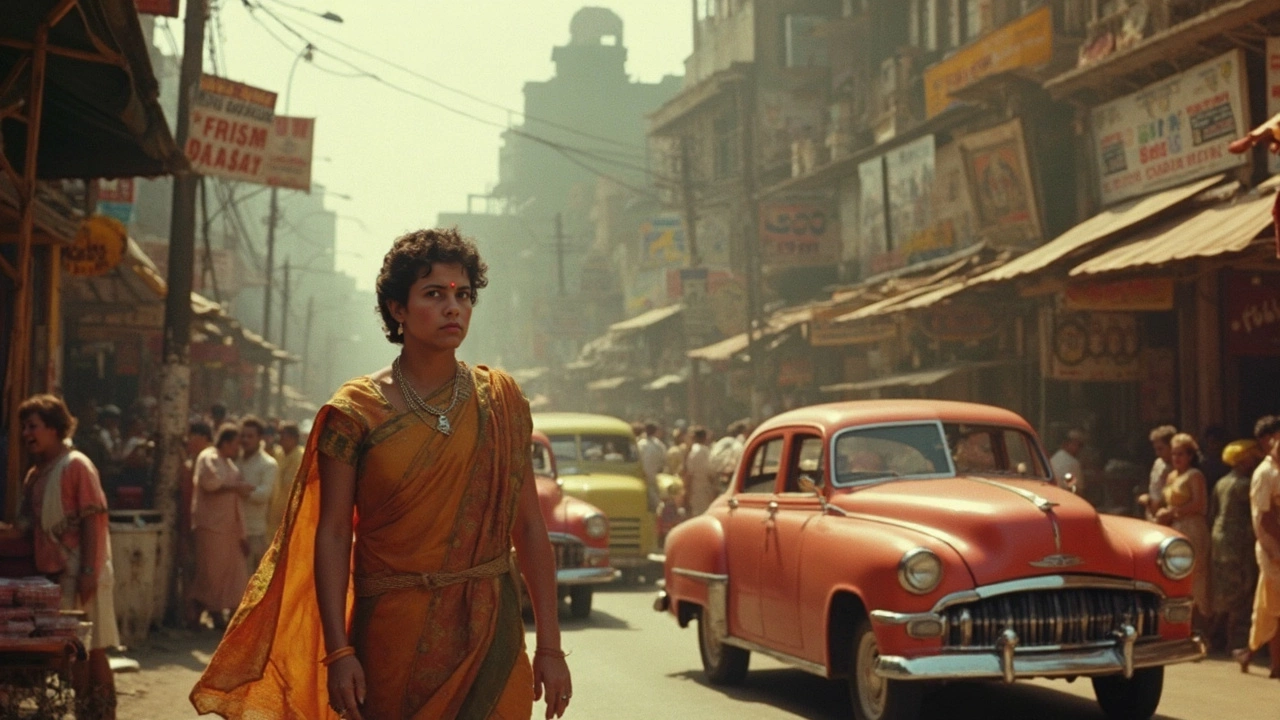Bollywood History: From Silent Era to Global Powerhouse
When talking about Bollywood history, the chronicle of Hindi‑language films made in India, tracing origins, growth, and cultural impact. Also known as Hindi film industry, it reflects shifting tastes, technology, and economics over more than a century. Bollywood history isn’t just dates—it’s a living story that still writes itself today.
At the heart of that story is Bollywood, the modern term for the Hindi‑language movie sector based in India. Bollywood emerged from the bustling studios of Mumbai, the city that became the industry’s permanent home. Mumbai, the coastal metropolis known as India’s film capital offered cheap labor, diverse locations, and a network of distributors that helped movies reach audiences across the subcontinent. The city’s growth and Bollywood’s rise are tightly linked—one fuels the other.
Understanding the financial side adds another layer. The box office, the total revenue generated by ticket sales for a film has acted as a barometer of success throughout Bollywood history. Early silent films measured success by theater attendance, while today multi‑crore figures dictate star salaries and production budgets. Trends in box office earnings show how audience preferences have shifted—from mythological epics in the 1950s to high‑octane action dramas in the 2020s.
People on screen have also shaped the narrative. The Bollywood actors, the performers who star in Hindi‑language movies and often become cultural icons act as both trendsetters and reflections of societal change. Legends like Dilip Kumar, Amitabh Bachchan, and contemporary stars such as Ranveer Singh illustrate how acting styles, star power, and fan following evolved alongside the industry’s technical advances.
Key Phases in Bollywood History
First, the silent era (1910‑1930) laid the groundwork with short reels that introduced Indian storytelling techniques. Then came the talkies of the 1930s, where songs became inseparable from narrative—a pattern that still defines Bollywood today. The golden age (1950‑1960) produced socially relevant dramas and musical masterpieces, while the 1970s ushered in the ‘angry young man’ archetype that mirrored political unrest. The 1990s saw globalization’s impact, with overseas markets boosting box office numbers and encouraging bigger budgets. Today, the digital age (2010‑present) leverages streaming platforms, VFX, and cross‑border collaborations, pushing Bollywood onto the world stage.
Each phase connects to the next: the rise of talkies required sound recording tech, which in turn sparked the popularity of playback singers, influencing the star system. Box office data from the 1970s showed a surge for action films, prompting producers to invest in larger set pieces, a trend that set the stage for today’s high‑budget spectacles. Actors adapted, learning new dance styles and multilingual dialogue delivery to meet expanding audience expectations.
Looking ahead, the industry continues to balance tradition and innovation. Festivals like the International Film Festival of India celebrate artistic merit, while corporate investors eye franchise potential across streaming services. As Mumbai’s infrastructure upgrades and new talent pipelines emerge from regional hubs, the story of Bollywood history is far from finished.
Below you’ll find a curated collection of posts that dig deeper into specific moments, record‑breaking films, iconic actors, and the financial landscape that drives the industry. Whether you’re curious about the oldest surviving performers, the evolution of box office hits, or how regional cinemas intersect with Bollywood, the articles ahead provide the details you need to understand this ever‑changing saga.
Who is the Greatest Actress of All Time in India? Exploring Legends of Classic Indian Films
This article debates and explores who deserves the title of the greatest actress of all time in India, with a deep dive into classic Indian films. It touches on what actually makes an actress legendary: talent, impact, versatility, and influence on the industry. Readers will discover surprising facts, practical tips for watching iconic performances, and how these actresses broke stereotypes. The guide helps you appreciate the evolution of acting in India while spotlighting true legends. Get ready for an honest look at the faces who set the gold standard on screen.
How is India Portrayed in Movies? A Candid Look at Indian Cinema’s Reflection
Ever wondered how movies have shaped what people think of India? This article looks at the ups and downs of India's portrayal in both Bollywood and foreign films. It digs into the stereotypes, cinematic changes over the years, and the difference between reality and movie land. There’s also a peek at the impact these portrayals have on how Indians see themselves and how the world views India. Expect useful facts and some surprising perspectives.
The Golden Age of Bollywood: Lights, Camera, Action!
The golden age of Bollywood refers to a period when Indian cinema was celebrated for its unique storytelling and charismatic stars. Spanning from the 1940s to the 1960s, it marked the era of classic hits and legendary actors. This article explores what defines the golden age of Bollywood, its impact on today's cinema, and how the past influences upcoming movies in India.
